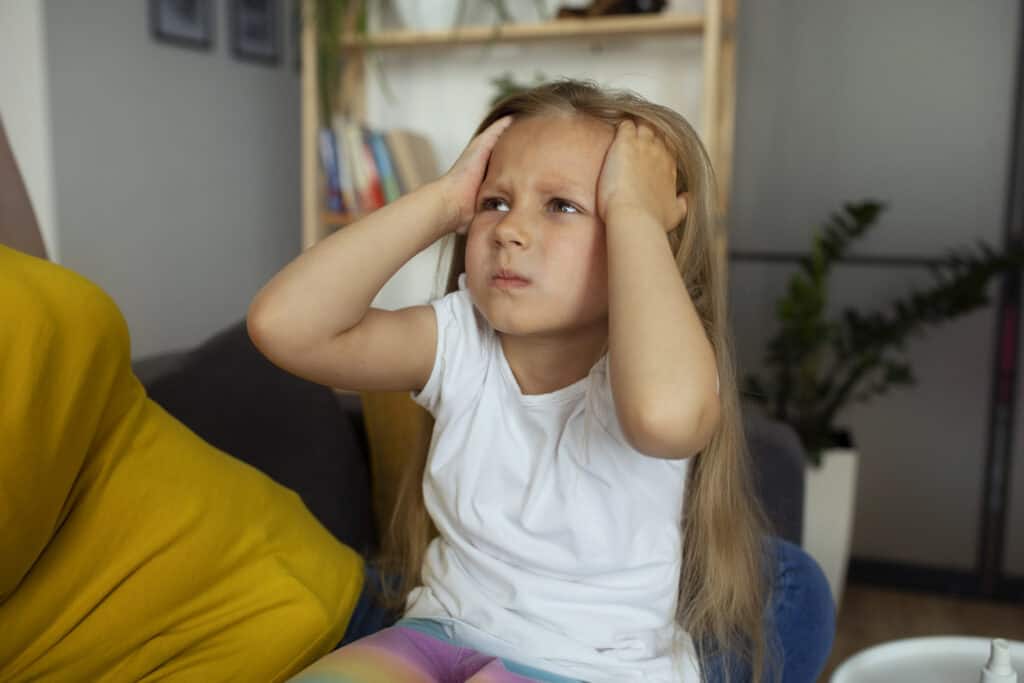Have you ever noticed a child who seems perpetually worried, as if carrying the weight of the world on their tiny shoulders? They might be struggling with more than just the usual ups and downs of childhood. This scenario leads us to a critical yet often overlooked question: how can we recognize and support children grappling with generalized anxiety disorder (GAD)?
Discover Compassionate Mental Health for Children: Begin Their Journey Today.

What is Generalized Anxiety Disorder in Children?
Generalized Anxiety Disorder in children isn’t just about the normal fears and worries that come with growing up. It’s when these worries become constant, excessive, and start to interfere with their daily life. Imagine a young mind, constantly overwhelmed by thoughts about grades, family issues, or even about their safety in a world that seems daunting.
Common Signs and Symptoms
To understand this disorder, we need to know what to look for. Children with GAD often experience:
- Excessive worry about everyday things
- Trouble controlling their feelings of worry
- Restlessness or feeling on edge
- Fatigue and irritability
- Difficulty concentrating
- Muscle tension
- Sleep disturbances
These symptoms, while common in many anxiety disorders, take a unique shape in childhood GAD, often mistaken for just being “sensitive” or “nervous.”
Causes and Risk Factors
There’s no single reason why a child might develop GAD. It’s often a combination of factors like genetics, brain chemistry, personality, and life events. A child with a family history of anxiety or mental health disorders might be more susceptible, as are children who have faced significant life changes or trauma.
Managing Childhood Generalized Anxiety Disorder
The good news is, with the right support, children with GAD can lead happy, fulfilling lives. Here’s how:
- Open Communication: Encourage children to express their feelings. Listen actively and validate their emotions.
- Routine and Structure: A predictable routine can provide a sense of security.
- Teach Coping Skills: Techniques like deep breathing, mindfulness, and positive self-talk can help manage anxiety.
- Professional Support: Sometimes, a child needs more help than a parent or teacher can provide. Therapists specializing in childhood anxiety can offer tailored strategies.
- Educational Support: Work with schools to ensure a supportive learning environment.
- Family Involvement: Family therapy can be beneficial, as it helps the entire family understand and support the child’s needs.
Conclusion: Embracing Hope and Support
Recognizing and addressing generalized anxiety disorder in children is crucial for their well-being. It’s about offering a supportive hand, understanding their world, and providing them with tools to navigate their anxieties. With the right approach, we can turn their worries into wings, helping them soar into a brighter, less anxious future.